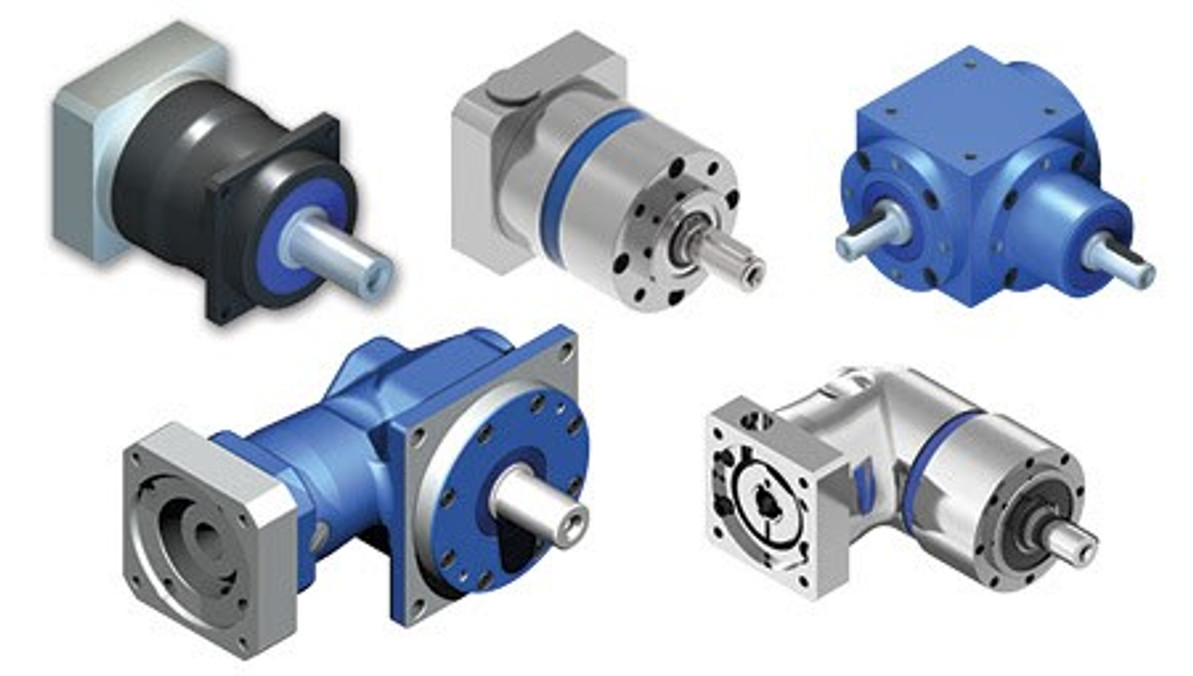Accuracy in Gearboxes and Couplings
There are several important factors to take into account while examining gearbox accuracy. It is essential to be aware of these factors and comprehend how they affect accuracy when developing a system to satisfy requirements and deliver the best performance.
Here is a full analysis of each of these important variables.
Torsional Stiffness
The twisting angle or "wind up" at the gearbox output is calculated as the product of the externally applied torque and the torsional rigidity. The manufacturer normally provides the torsional stiffness value. In torque per angle units (Nm/arcmin), it is measured. It may also be known as torsional resistance for couplings.
The gearbox is loaded with a steadily rising torque up to its nominal torque capacity while the input shaft is locked in order to calculate its torsional rigidity. It is then done the other way around. (See the hysteresis curve in figure 1) The applied torque and angle of deflection at the output flange are measured.
The slope of the hysteresis curve from 50% to 100% of the nominal torque is used to calculate torsional stiffness. The torsional stiffness is nearly constant in this range since the curve is very flat. The applied torque for several applications is also in this range.
The torsional rigidity of other components can also be examined. It is frequently referred to in couplings as "torsional resistance."
The total of the inverse torsional stiffness for each component is used to compute the torsional stiffness for the entire system. The combined torsional stiffness will be smaller than any of the component stiffnesses.
Backlash
The mistake in the output shaft's location in reference to the input shaft at zero torque is known as torsional backlash. It is the space between the mated gear teeth that matters most in a gearbox.
When measuring backlash, a gearbox's output is rotated in both directions while the input shaft is locked. Additionally, at 0 Nm of torque, the hysteresis curve exhibits the torsional backlash.
A gearbox's backlash is used to gauge its accuracy. The accuracy improves with decreasing backlash. To calculate the overall wasted motion of an application, it can be used in conjunction with torsional rigidity.
Lost Motion
The deflection brought on by internal gearbox forces is referred to as lost motion, also known as positioning mistake. In a gearbox, it may be brought on by torsional deflection of the parts as well as component settling, such as in bearings. Backlash and torsional rigidity are both present. It is expressed in terms of an angle (arcmin).
The gearbox is loaded with a steadily rising torque up to the nominal torque capacity while the input shaft is locked, simulating torsional rigidity. It is then done the other way around. With +/-3% of the nominal torque, the resultant twisting angle is calculated (see Figure 2). However, rather of having a published figure, it is typically determined for a particular torque.
Practically, total lost motion for an application may be estimated by adding lost motion from torsional stiffness and lost motion from backlash at a certain applied torque.
The total lost motion for the system may be computed by adding the total lost motion for each component.
Angular Transmission Accuracy
According to the ratio, the angular transmission accuracy determines the maximum transmission error (amplitude of the variation) between the actual output position and the theoretical output position. The measure of how closely the motion resembles the ideal motion is the inaccuracy during motion (as opposed to the end points). It is quantified in arcseconds as an angle.
The maximum transmission error (amplitude of the variance between the actual output position and the predicted output position) is determined by the angular transmission accuracy based on the ratio. The degree of inaccuracy while in motion (as opposed to the end points) indicates how closely the motion matches the ideal motion. It is measured as an angle in arcseconds.
When an application demands precision during the rotation rather than merely end-to-end, angular transmission accuracy comes into play. For instance, a robot works on a component as a gearbox spins it. The gearbox's great angular transmission precision enables it to move the robot continuously in coordination.
Accuracy and Repeatability
The accuracy and repeatability of the mechanism, such as a gearbox, determine positioning precision.
Positioning Accuracy
The distance between the goal location and the actual position is what defines positioning accuracy. Torsional stiffness, backlash, and angular transmission precision all have an impact on it.
Positioning Repeatability
When the gearbox is repeatedly rotated to the same position while carrying the same weight, repeatability refers to the deviation.
Any variation is exclusively the product of lost motion because the faults from angular transmission accuracy and torsional stiffness are constant in the repeatability.
Call us today to learn more about accuracy in gearboxes and couplings or explore GAM products on our website.
Recent Posts
-
Breakthrough Technology for Machine Vision Applications
Zebra Aurora™ Deep Learning offers breakthrough technology for machine vision applications. Design …May 16th 2024 -
Exploring the Power of Collaborative Robots in Heavy Payload Production
Are you still convinced that traditional robots are the best solution for handling heavy payload pro …May 9th 2024 -
Best Methods for Connecting Older Devices and Machines for Data Analysis
In today's rapidly advancing technological landscape, data analysis has become a cornerstone for inf …May 6th 2024




